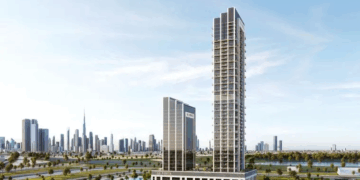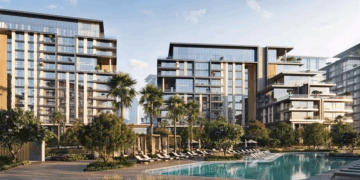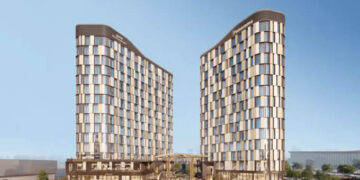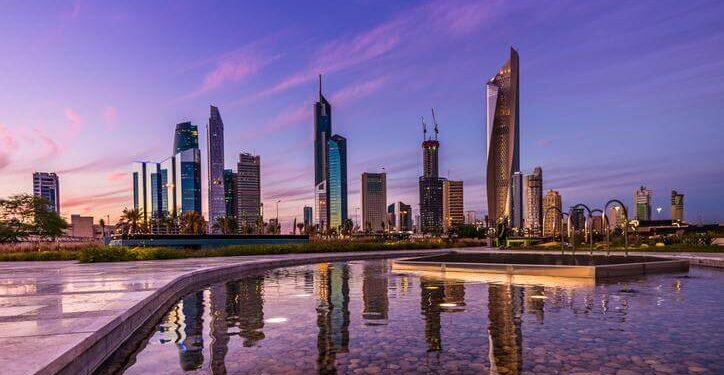As per the Al-Shall Center report, Kuwait’s total building count increased from approximately 216,300 at the end of June 2023 to approximately 219,600 by the end of June 2024, as reported by Al-Seyassah daily. This indicates a growth rate of about 1.5% for the last year, which is marginally less than the 1.6% growth noted for the year prior.
The report also showed that, by the end of June 2024, there were approximately 786,800 building units, up 1.2 percent from 778,200 units the previous year. Between June 2015 and June 2024, the compound annual growth rate for units was approximately 1.9 percent, whereas the compound growth rate for buildings was 1.2 percent. This points to a shift in demand patterns and a trend toward smaller unit sizes within buildings.
Buildings in Kuwait are mostly residential, making up roughly 66.6 percent of the total building stock. Mixed-use structures and those used exclusively for business purposes come after these. By the end of June 2024, there were only 8.4% of buildings unoccupied, or roughly 18,400 out of 219,600 total buildings. By the end of June 2023, there were 19,100 vacant buildings, or 8.8% of the total. According to the distribution of building units, apartments make up the greatest portion, accounting for 45.3% of all units, followed by houses (21.8%) and shops (20.1%).
Shops, apartments, and houses had compound growth rates of 3.4%, 1.7%, and 1.4% between June 2015 and June 2024, respectively; growth for annexes fell by approximately -0.9% during this same period. In June 2024, the percentage of unoccupied units dropped from 21.5 percent to roughly 20.1 percent. The number of buildings, their uses, and the percentage of occupied and unoccupied units by governorate as of June 2024 are shown in the table and chart that follow.







































































